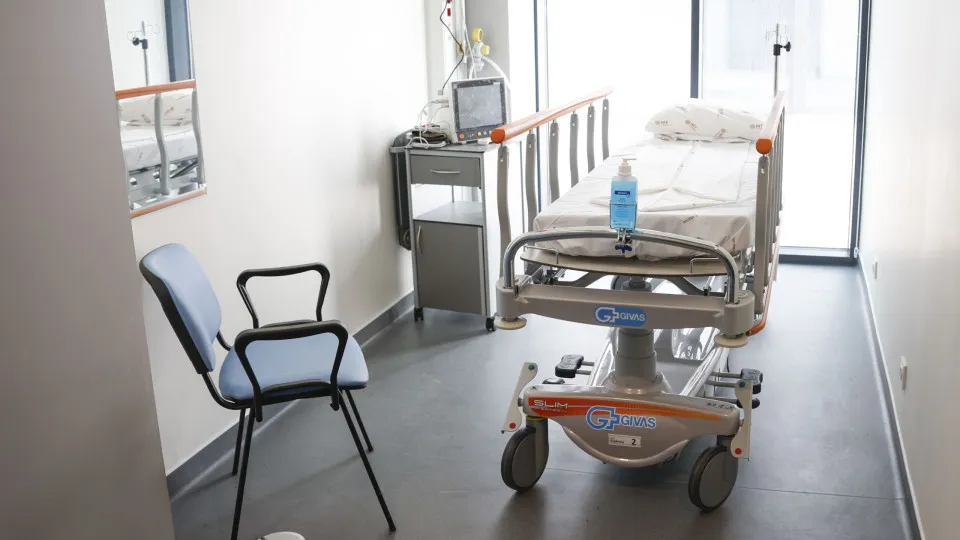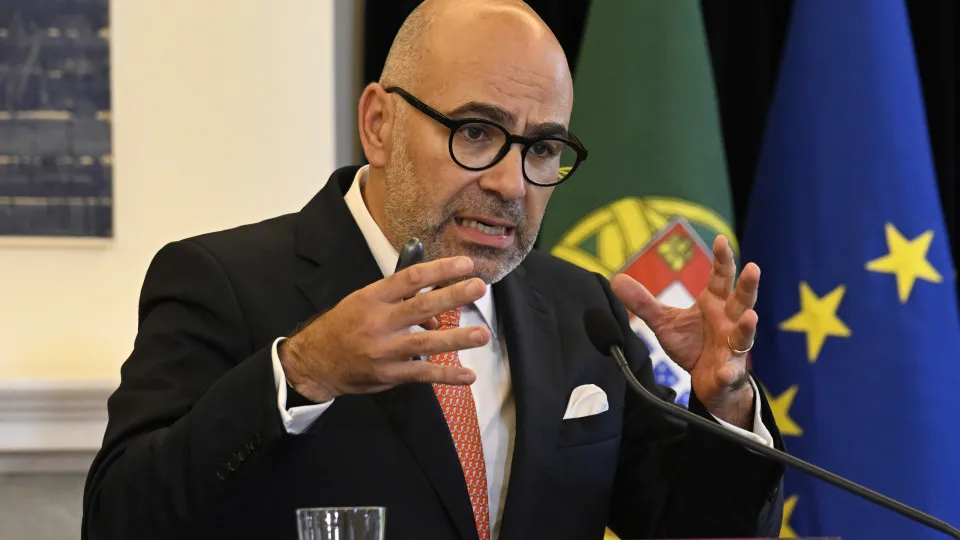
The conclusion is part of the ERS monitoring of wait times in the National Health Service (SNS) for the first half of 2025, which found that, by the end of June this year, 974,770 patients were waiting for a first consultation in public hospitals, a 25.6% increase compared to the first half of 2024.
These figures do not include oncology and cardiology consultations, which are analyzed separately by ERS due to having specific guaranteed maximum response times (TMRG).
Of the total people waiting for a specialty consultation in an SNS hospital at the end of the first half, 56.6% had already been waiting longer than the TMRG, according to ERS.
In the first six months of this year, 724,224 first specialty consultations were carried out in hospitals, 94.1% of which were in public hospitals, marking an increase of 2.5% compared to the same period in 2024.
Of the total patients seen for a first specialty consultation in public hospitals, 51.6% waited longer than the limit established for their priority level, with this percentage of non-compliance unchanged from the first half of 2024, the monitoring reported.
Regarding oncology, ERS data indicate that between January and June 2025, 19,014 first consultations for suspected or confirmed oncological disease were conducted in public hospitals, an activity increase of 6.9% compared to the same period in 2024.
“Of the total patients seen for a first consultation with suspicion or confirmation of oncological disease in public hospitals, 57.9% waited longer than the legally established limit for their priority level,” warned ERS.
At the end of the semester, 4,944 patients were awaiting their first oncological consultation—4,933 in public hospitals and 11 in contracted hospitals—amounting to a 30.8% decrease in the number of patients on the waiting list compared to the first half of 2024.
As for cardiology, in the first half of 2025, 23,618 first consultations were performed, almost all within the SNS, representing an increase of 75.8%.
However, of the total patients attended, 87.4% waited longer than the legally established limit for their priority level, an increase of 1.9 percentage points compared to non-compliance recorded in the first half of 2024.




